After 60 years of quiet exploration, I’ve discovered where good paintings go to die. I report sadly that they expire in the reception rooms and hallways of America’s law offices.
Going to see a lawyer is often antipathetical to the tranquility needed to take in a good painting. Without a kindly emotional exchange, the paintings ooze into the fabric of those tastefully outfitted chambers, never to be seen again.
It is a poignant story, and I tell it with the hope that the engaging works in the Greenhut Galleries’ current show escape such destiny. They belong in public spaces or in homes where, as the insight of their keepers deepens, they gain in luster.
The Galleries’ 5th Biennial Invitational Portland Show is a smasher. I think I saw each of the four prior biennials, but none struck me as having the spontaneity and pulse of this edition.
Themed shows are perilous adventures. Unless they are gathered from artists with long commitments to the subject, they have an on-demand smell to them. I cannot say how long each of the Greenhut invitees has been painting Portland, but their affection for the place is so patent that they escape the sense of production under pressure.
The roster begins with Ted Arnold and 47 names later emits Richard Wilson. I didn’t recognize all of the names, but I knew a fair slice of them and now have seen the output of that throng.
It often relates closely to Portland, and in some cases, very closely. As these things go, that’s a high score.
I begin with “Portland Sonnet,” an acrylic by Jaap Eduard Helder. In lavish sets of gestures, Helder achieves a geometry that embodies the physique of the waterfront as opposed to romantic allusions to what the waterfront used to be.
I could say something similar about Jeff Bye’s “The Waterfront.” It too has the muscle of a place where people work. Images of the old Customs House are inevitable, but Grant Drumheller’s version catches the exquisite balance between classic solidity and fashion. His building breathes.
Joel Babb’s “Portland Middle at Exchange Street” is another urban excursion by this present master.
Richard Wilson’s graphite “Fire and Water” is an account of an episode on Casco Bay with a near-legendary canoeist. It is a tale of adventure and bad judgment.
I also note Michael Palmer’s “Munjoy Hill, Water View” for its buoyancy, Dennis Pinette’s “Jetport Pipes,” Kathleen Galligan’s “Casco Sibu” and Jon Imber’s bright and loose “Portland Pier.”
Perhaps I should note that I have no intention of demeaning lawyers as art collectors. Most lawyers are notably active and supportive in all matters relating to art and not uncommonly as artists themselves.
And when’s the last time you saw a good painting in your periodontist’s office?
‘COMPRESSION SERIES’
“Compression Series” is the title of a show of paintings by Elizabeth Cashin McMillen at Aucocisco. I found the work irresistible, but I can’t claim to a deep understanding of it.
I bring to a show something I learned years ago from Kathy Bradford. I liked her work, but avoided it because I didn’t get what she was driving at. Bradford suggested that I write about what I saw and not struggle with qualities that I was unlikely to extract. And that’s what I did.
In McMillen’s case, the paintings are of skeletal extremities, sometimes shod and generally accompanied by a coterie of determined eyes. The eyes, in turn, are outfitted with eyebrows, move in schools, and are slightly accusative. The surface of each work is subdivided by equidistant horizontal lines. The lines fall where they may in relation to the figurative elements.
An accompanying statement from the artist tells us that we are looking at a group of small paintings compressed from some larger scale that exists in her mind. There are certain sequential consequences that I cannot grasp, but there is a funky, somewhat hostile quality to the draftsmanship that balances dread and appeal. It’s fascinating, and immensely powerful.
It’s also a refreshing pause among the tasteful seasonal shows.
WOOLLEY & FRIENDS
And now to “Addison Woolley & Friends” at Addison Woolley. Like many shows of this season, it is quite large — 15 gallery regulars and five friends. The names are substantially familiar, and work is very good.
Among the 50 works, 17 are two-dimensional non-photographic, five are sculpture in steel, and the rest are photographs of sundry sort.
I note “Pinhole Pier” and “Pinhole Promenade” by Darrell Taylor. My current obsessions fluctuate between pinholes and ambrotypes, hence my attraction to Taylor’s good efforts
I note too David Wade’s color “Tintoberia,” John Kelley’s elevating “Trestle,” Diane Hudson’s on-target “Chinese New Year” and Arunas Bukauskas’ “Jurga.” This very nice show carries a number of modestly priced works.
Philip Isaacson of Lewiston has been writing about the arts for the Maine Sunday Telegram for 45 years. He can be contacted at: pmisaacson@isaacsonraymond.com
Send questions/comments to the editors.

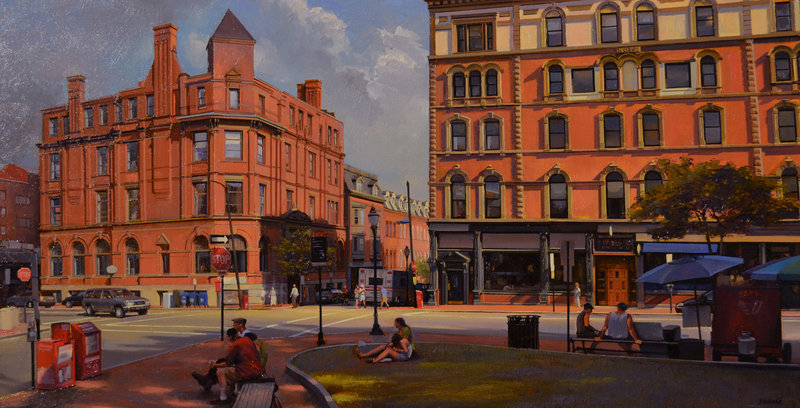
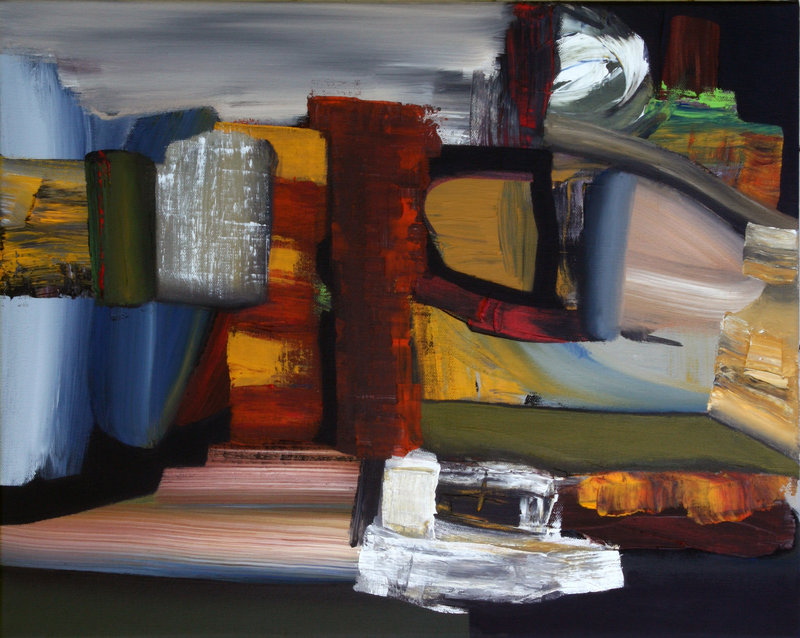
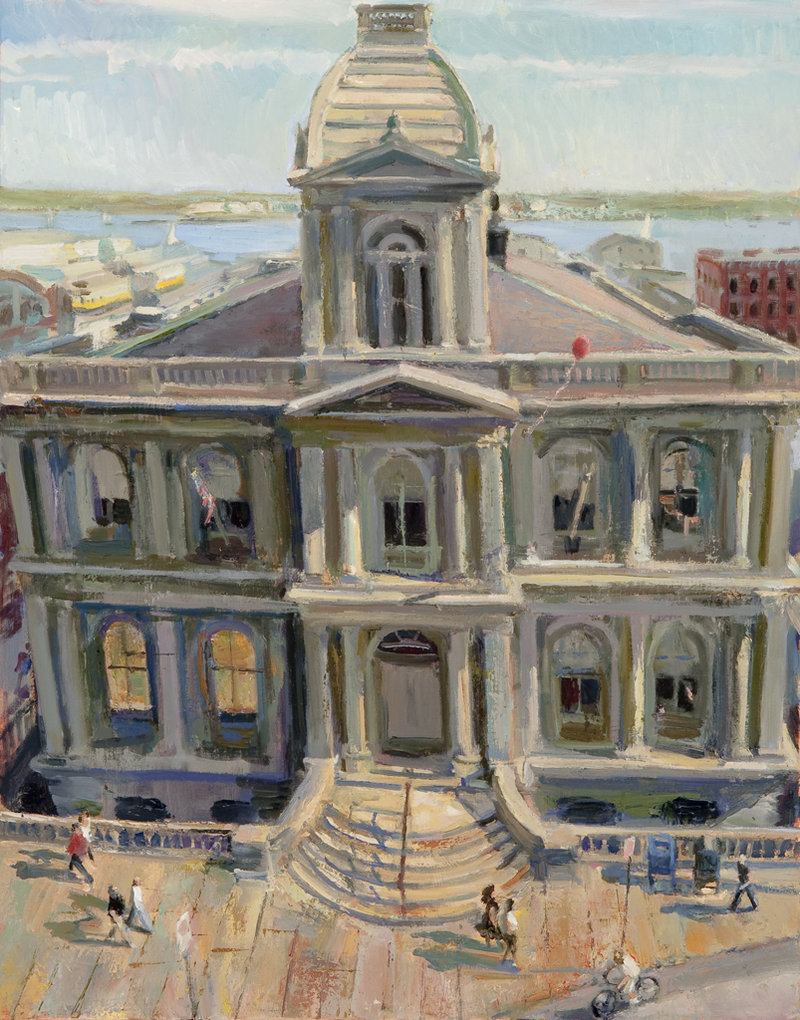
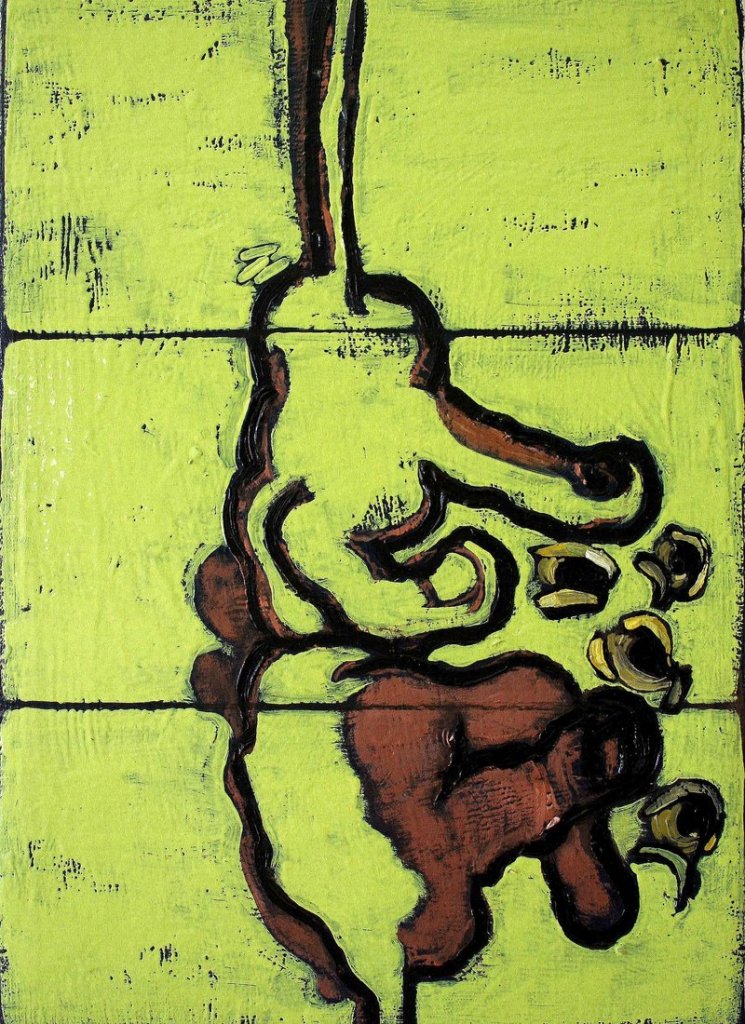
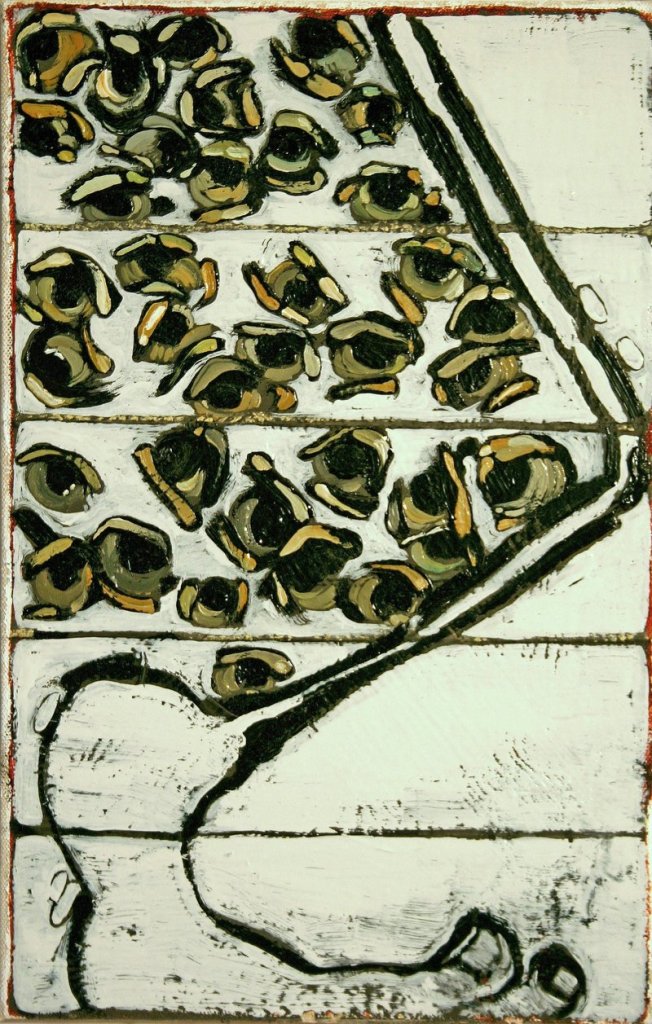
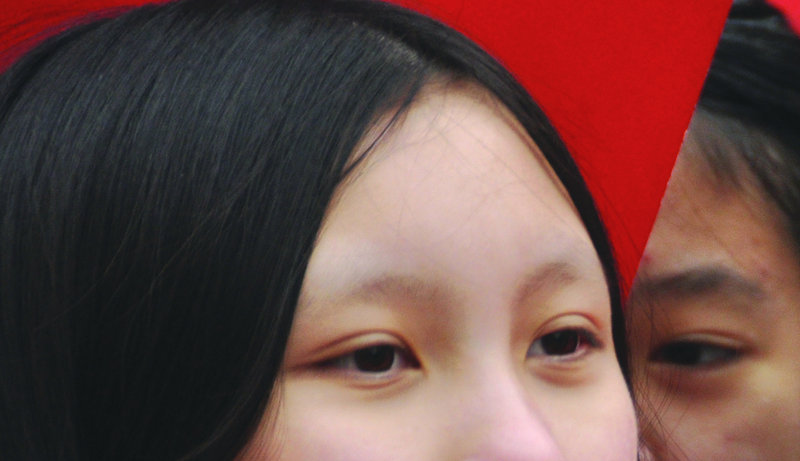
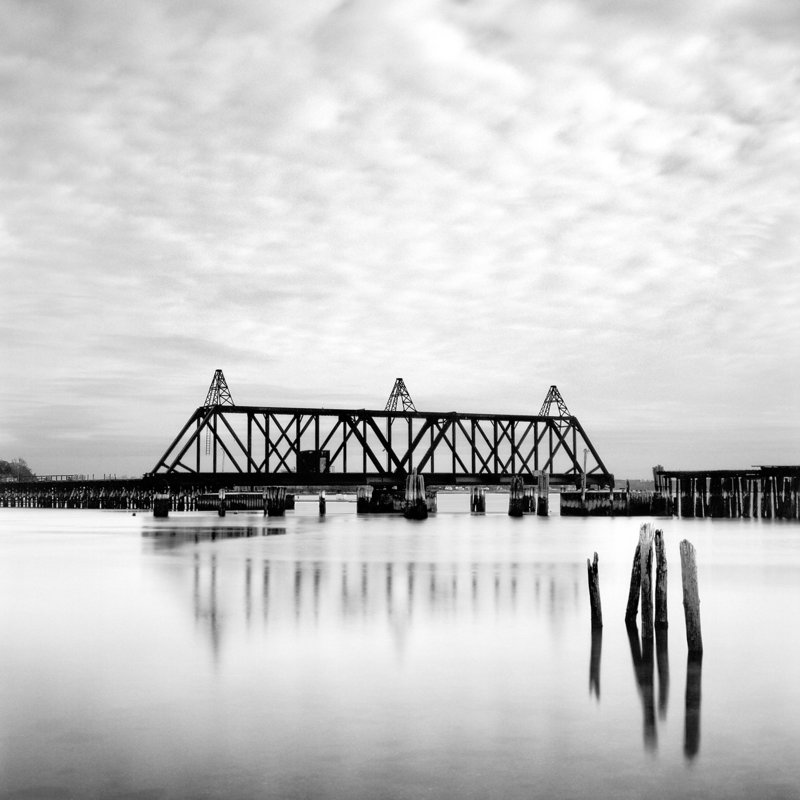

Success. Please wait for the page to reload. If the page does not reload within 5 seconds, please refresh the page.
Enter your email and password to access comments.
Hi, to comment on stories you must . This profile is in addition to your subscription and website login.
Already have a commenting profile? .
Invalid username/password.
Please check your email to confirm and complete your registration.
Only subscribers are eligible to post comments. Please subscribe or login first for digital access. Here’s why.
Use the form below to reset your password. When you've submitted your account email, we will send an email with a reset code.